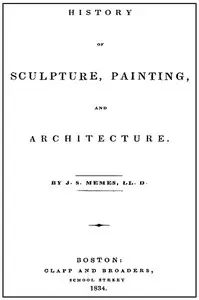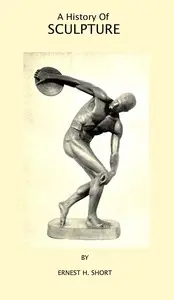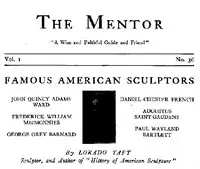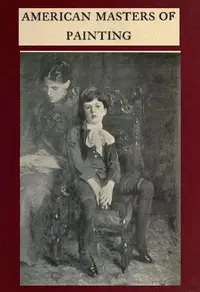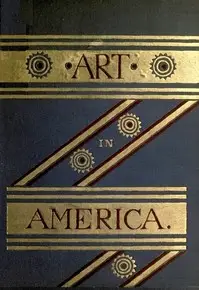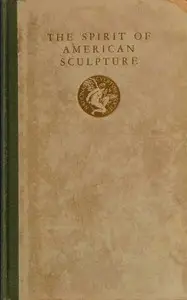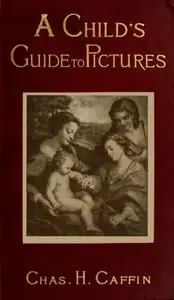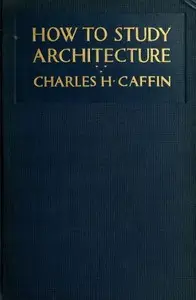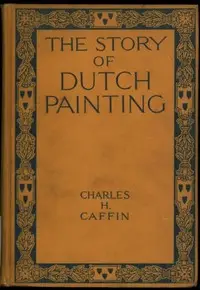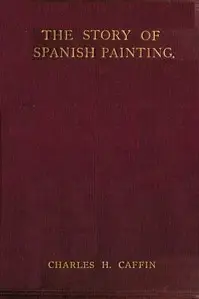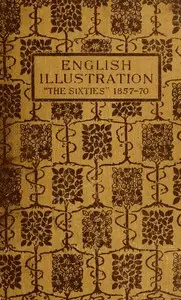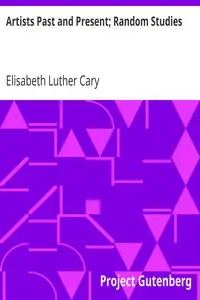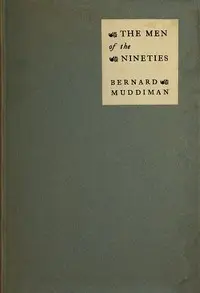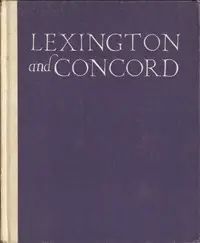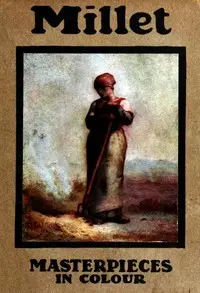"American Masters of Sculpture" by Charles H. Caffin is a series of insightful looks at leading American sculptors and important periods of sculpture in the United States around the turn of the 20th century. It likely touches on sculptors like Augustus Saint-Gaudens and George Grey Barnard. It is a historical journey that begins by looking at America's Centennial Exhibition in 1876, which was a time of great change, and the book tells of the early American sculptors who were mainly taught in Europe, especially Italy. It highlights how the American landscape and a growing pride in the country inspired sculptors to craft memorials that matched the feelings and beliefs of the time, leading to a stronger and more distinct American style of sculpture. The critiques prepare the reader for a deeper look at individual sculptors, their methods, and their overall artistic effect.
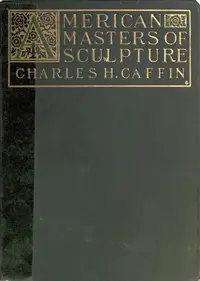
American Masters of Sculpture Being Brief Appreciations of Some American Sculptors and of Some Phases of Sculpture in America
By Charles H. (Charles Henry) Caffin
Explore the evolution of American artistry as sculptors break free from European traditions to capture the spirit of a nation through powerful memorials and expressive forms.
Summary
About the AuthorCharles Henry Caffin was an Anglo-American writer and art critic, born in Sittingbourne, Kent, England. After graduating from Magdalen College, Oxford, in 1876, with a broad background in culture and aesthetics, he engaged in scholastic and theatrical work. In 1888, he married Caroline Scurfield, a British actress and writer. They had two children, daughters Donna and Freda Caffin. In 1892, he moved to the United States. He worked in the decoration department of the Chicago Exposition, and after moving to New York City in 1897, he was the art critic of Harper's Weekly, the New York Evening Post, the New York Sun (1901–04), the International Studio, and the New York American. His publications are of a popular rather than a scholarly character, but he was an important early if equivocal advocate of modern art in America. His writings were suggestive and stimulating to laymen and encouraged interest in many fields of art. One of his last books, Art for Life's Sake (1913), described his philosophy, which argued that the arts must be seen as "an integral part of life....[not] an orchid-like parasite on life" or a specialized or elite indulgence. He also argued strenuously for art education in American elementary schools and high schools and was a frequent lecturer.
Charles Henry Caffin was an Anglo-American writer and art critic, born in Sittingbourne, Kent, England. After graduating from Magdalen College, Oxford, in 1876, with a broad background in culture and aesthetics, he engaged in scholastic and theatrical work. In 1888, he married Caroline Scurfield, a British actress and writer. They had two children, daughters Donna and Freda Caffin. In 1892, he moved to the United States. He worked in the decoration department of the Chicago Exposition, and after moving to New York City in 1897, he was the art critic of Harper's Weekly, the New York Evening Post, the New York Sun (1901–04), the International Studio, and the New York American. His publications are of a popular rather than a scholarly character, but he was an important early if equivocal advocate of modern art in America. His writings were suggestive and stimulating to laymen and encouraged interest in many fields of art. One of his last books, Art for Life's Sake (1913), described his philosophy, which argued that the arts must be seen as "an integral part of life....[not] an orchid-like parasite on life" or a specialized or elite indulgence. He also argued strenuously for art education in American elementary schools and high schools and was a frequent lecturer.

